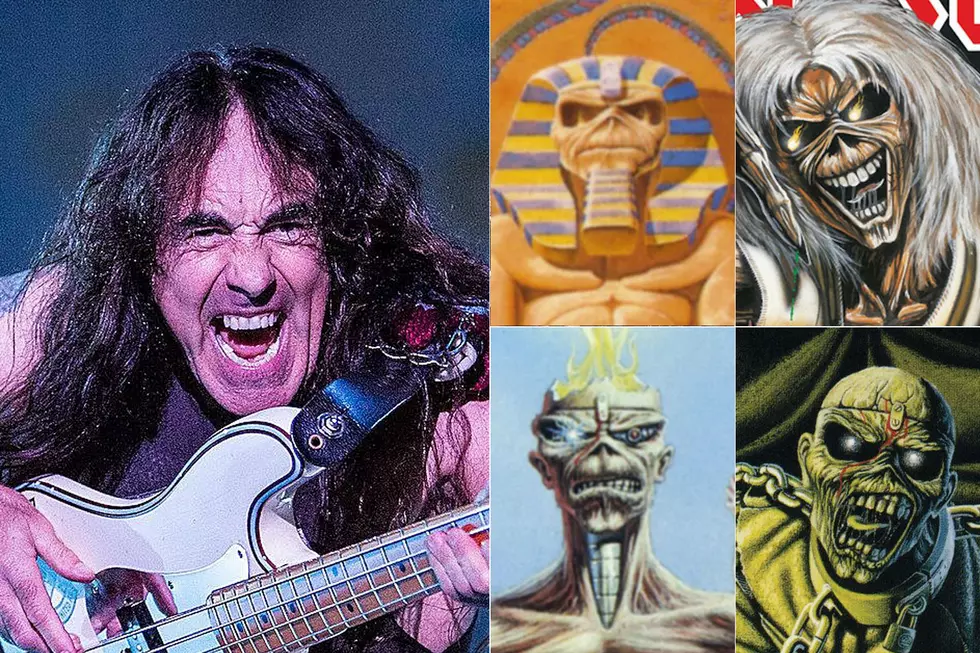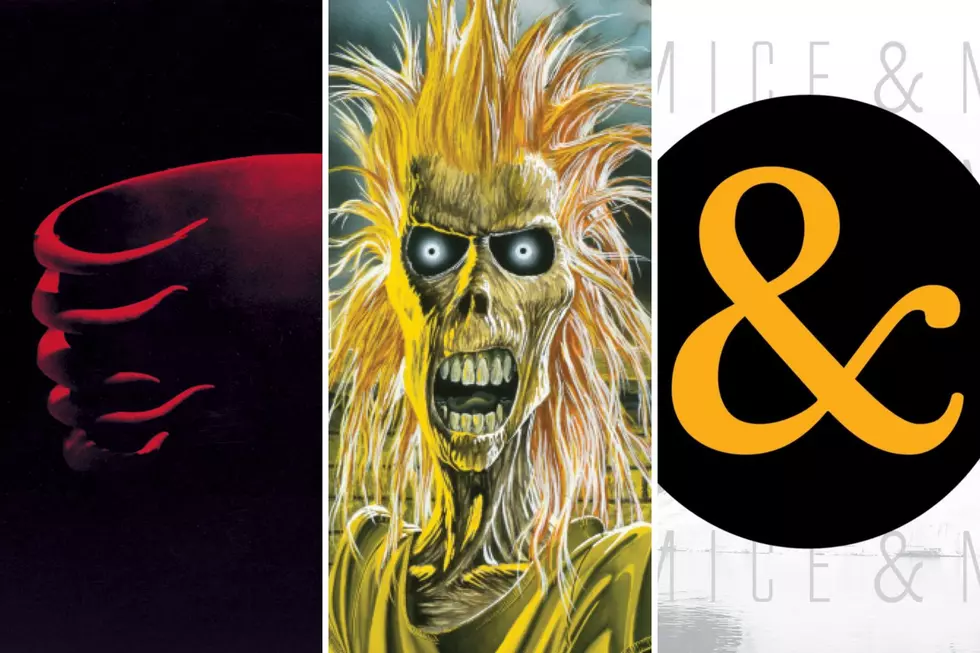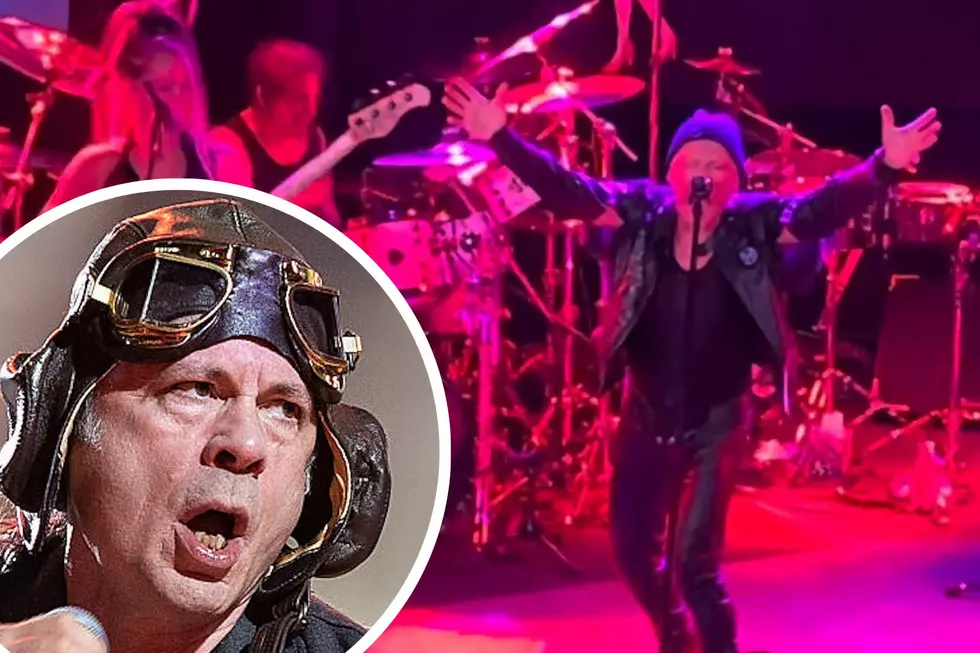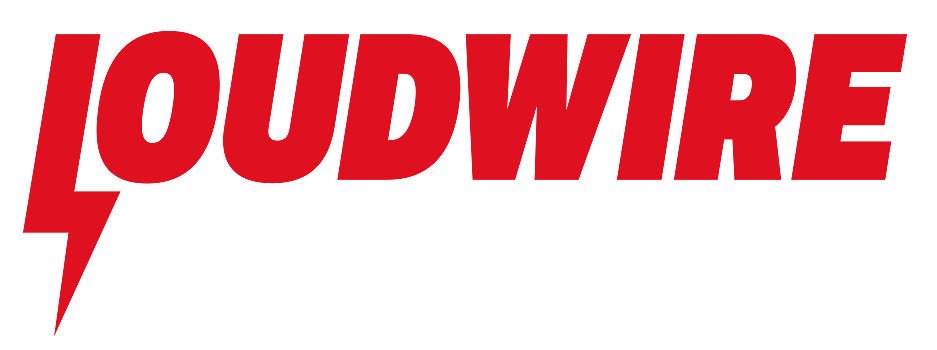
How Did Iron Maiden Find Bruce Dickinson To Replace Paul Di’Anno?
How did Iron Maiden find Bruce Dickinson when making a lineup change, looking to replace Paul Di'Anno in 1981?
It's one of the most significant moves in the history of metal, bringing in Dickinson whose more dynamic voice propelled the promising group to the legendary status they enjoy today as one of the genre's most dominant live acts and biggest influences.
Why Were Iron Maiden Looking to Replace Paul Di'Anno?
The exact reasoning behind Paul Di'Anno's exit from Iron Maiden is cloudy, with different recollections of the events. That's usually how rock 'n' roll is, right? Distortions turn to myth and the truth remains forever obscured.
However, it still seems pretty clear that a range of factors lead to the singer being replaced after recording the band's first two records — 1980's Iron Maiden and 1981's Killers, both incredibly influential on the development of heavy metal throughout the decade and beyond.
Bassist and founder Steve Harris said in a 1981 interview (via UCR), "The first two albums were the songs that were written over the four-year period before we were signed. I think it's probably more down to the songs than Paul's voice, really. I thought Paul had a really good voice, but there's no way we could have carried on with Paul because he didn't want to do touring and that anyway."
What Harris implies there is that Di'Anno's gruff, street-ready vocal style wasn't ideal for the direction Iron Maiden were headed musically. Subpar live performances are also said to have been a factor.
"We had to make a change. If we didn't make a change, I think maybe the band would have split up or something. I don't think that Maiden would still be here if we'd have stayed with Paul," Harris assessed in '81.
Di'Anno's own story has changed, primarily when it comes to the issue of substance abuse, with his cocaine habit ranging from being not "as bad as what most people say it is" (via Eon Music, 2019) to "non-stop" (via Metal Hammer, 2022)
“I don’t blame them for getting rid of me. Obviously, the band was Steve’s [Harris, bassist] baby, but I wish I’d been able to contribute more. After a while that got me down. In the end I couldn’t give 100 percent to Maiden anymore and it wasn’t fair to the band, the fans or to myself.”
The singer also stated that Killers, which started to abandon Maiden's punk energy in favor of heavy metal, "didn't have as much impact on me as the first album."
Chalk it up to the classic case of musical direction and drug abuse.
What Band Was Bruce Dickinson in Before Iron Maiden?
From 1979 and through most of 1981, Dickinson fronted Samson, a London-based New Wave of British Heavy Metal band with a hard rock/proto-metal style that was typical of that exciting scene. He sang on 1980's Head On and 1981's Shock Tactics. Oddly enough, drummer Barry 'Thunderstick' Purkis played on both of these albums and was a short-lived drummer for Iron Maiden in 1977.
At that time, Dickinson was performing as "Bruce Bruce," a nickname, which, even in a totally subjective world, is quite abysmal. Getting him to ditch it was just one of the many, many wise ideas manager Rod Smallwood has had over the decades.
Samson, "Riding With the Angels"
READ MORE: Why Did Bruce Dickinson Leave Iron Maiden in the '90s?
Who Approached Bruce Dickinson About Joining Iron Maiden?
The singer had witnessed Iron Maiden back in 1980 when the band opened up for Samson, leaving him rather impressed. Apparently, Maiden harbored similar sentiments as they eventually poached Dickinson.
One year later, the two groups played at the Reading Festival, which was where Smallwood swooped in.
"In the middle of a clearing, surrounded by hospitality chalets and beer tents, was a single large pole, with bright white lights on top. I was in a corner of a beer tent when Rod Smallwood approached me saying, 'Let's go somewhere quiet where we can talk.' We walked out and stood, illuminated for all the world to see, under the pole in the middle of the backstage area. I felt sure he was working up to something," writes Dickinson in What Does This Button Do?, his 2017 autobiography.
The two went back to Smallwood's hotel room shortly after, where the manager offered him a chance to audition for Iron Maiden. After some chest-beating bravado, Dickinson accepted.
Bruce Dickinson Audition Tape With Iron Maiden
When Was Bruce Dickinson's First Show With Iron Maiden?
On Sept, 26, 1981, Bruce Dickinson officially joined Iron Maiden. In Bologna, Italy one month later (Oct. 26) he made his onstage debut with the metal group.
That night, Maiden played a 17-song set that included three encores, closing it out with a cover of Montrose's "I Got the Fire."
Bruce Dickinson's First Show With Iron Maiden
Iron Maiden Setlist, Oct. 26, 1981 (Bruce Dickinson's First Show)
via setlist.fm
01. "Sanctuary"
02. "Purgatory"
03. "Wrathchild"
04. "Twilight Zone"
05. "Remember Tomorrow"
06. "Genghis Khan"
07. "Killers"
08. "Another Life"
09. "Innocent Exile"
10. "Running Free"
11. "Murders in the Rue Morgue"
12. "Phantom of the Opera"
13. "Iron Maiden"
Encore:
14. "Transylvania"
15. "Drifter"
Encore 2:
16. "Prowler"
Encore 3:
17. "I Got the Fire" (Montrose cover)
The Least Played Song Live Off Every Iron Maiden Album
Gallery Credit: Joe DiVita
The Most Played Song Live Off Every Iron Maiden Album
Gallery Credit: Joe DiVita
More From Loudwire









